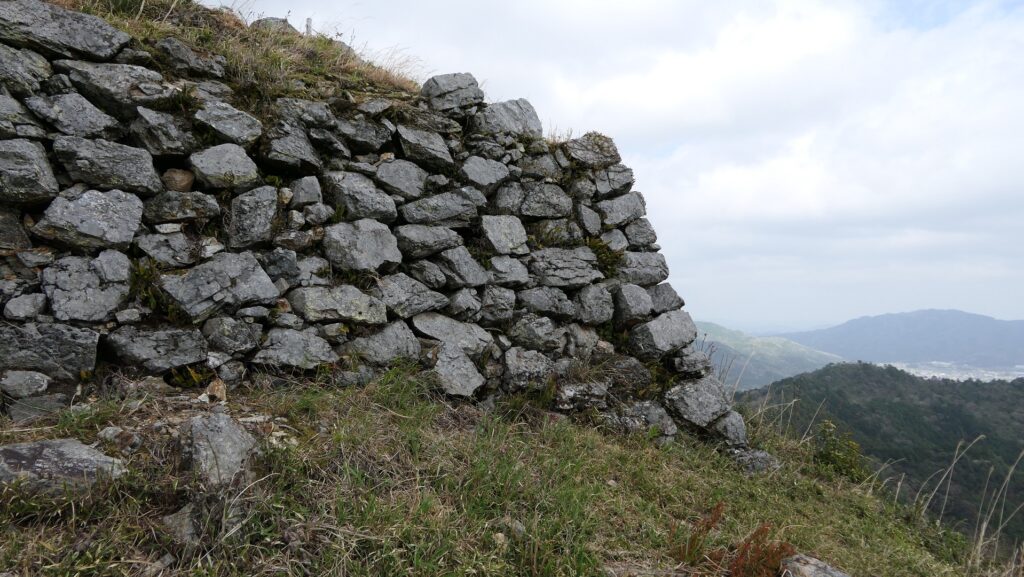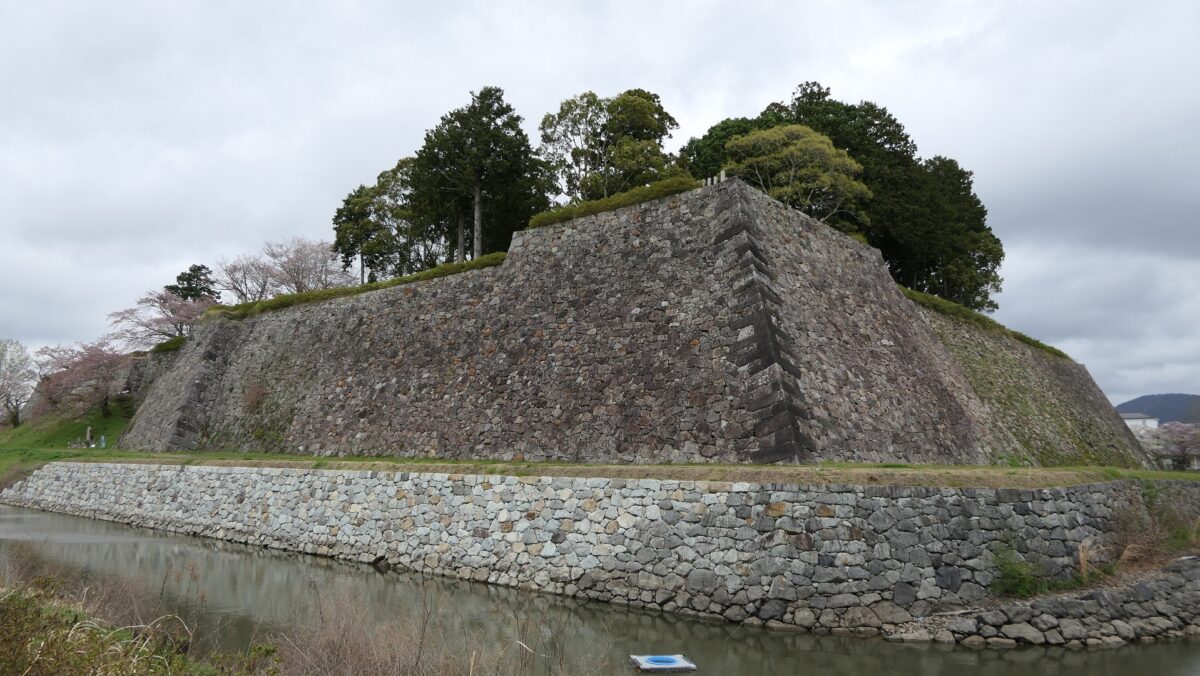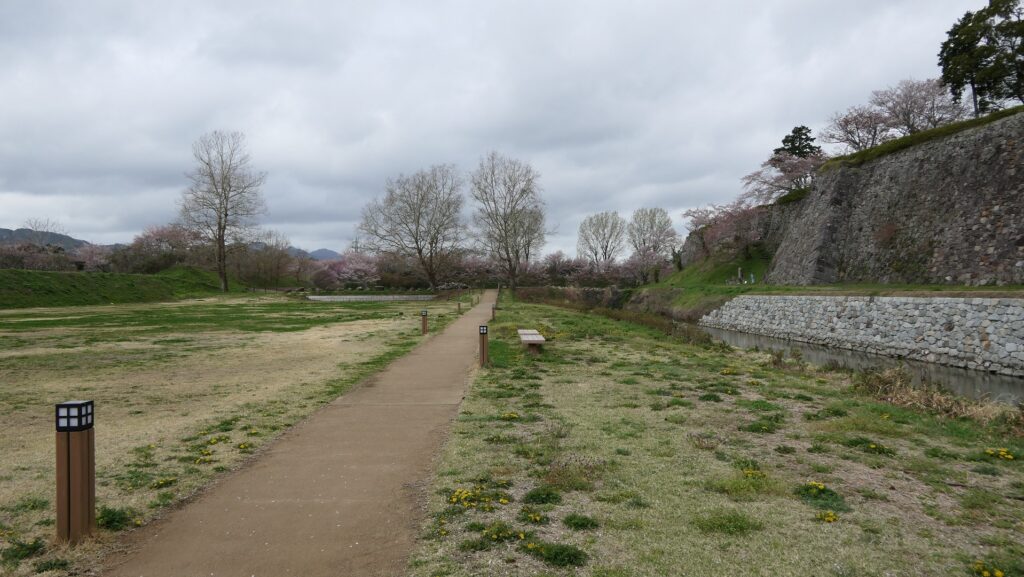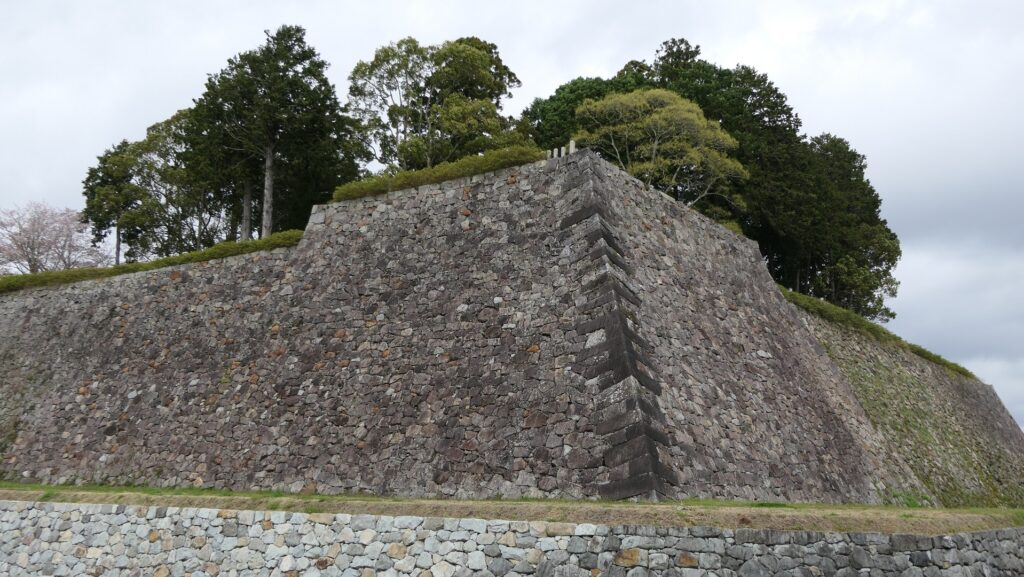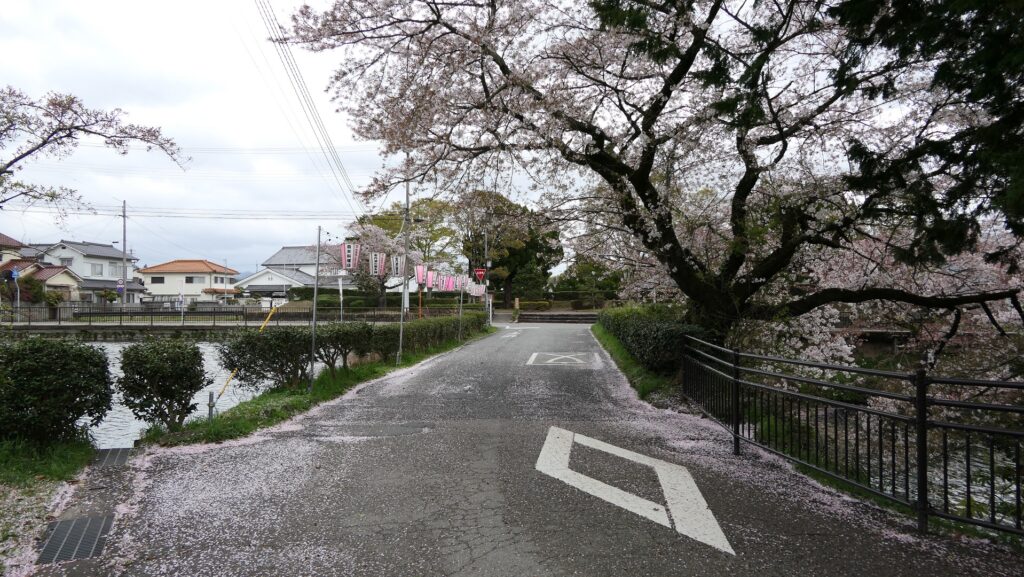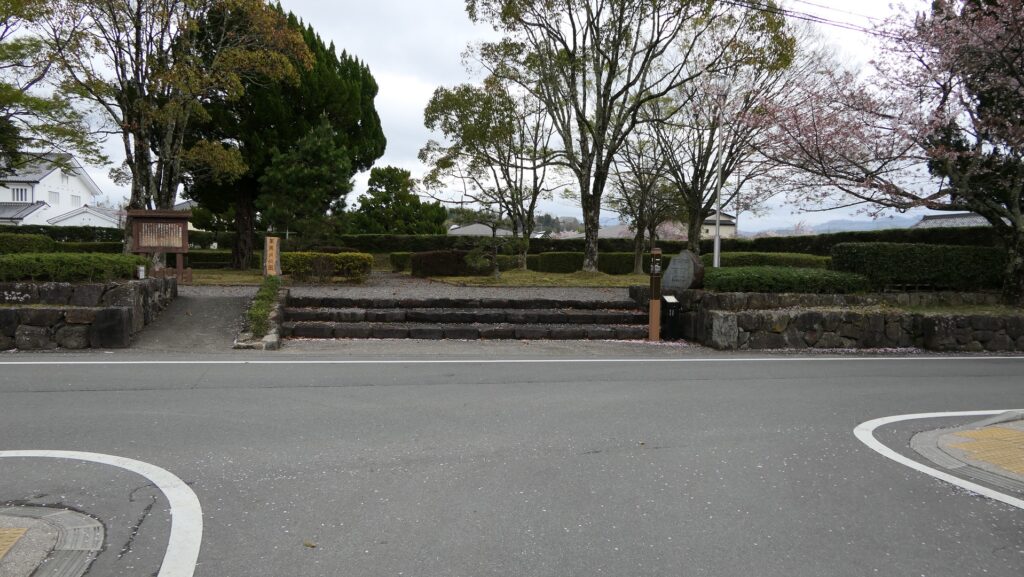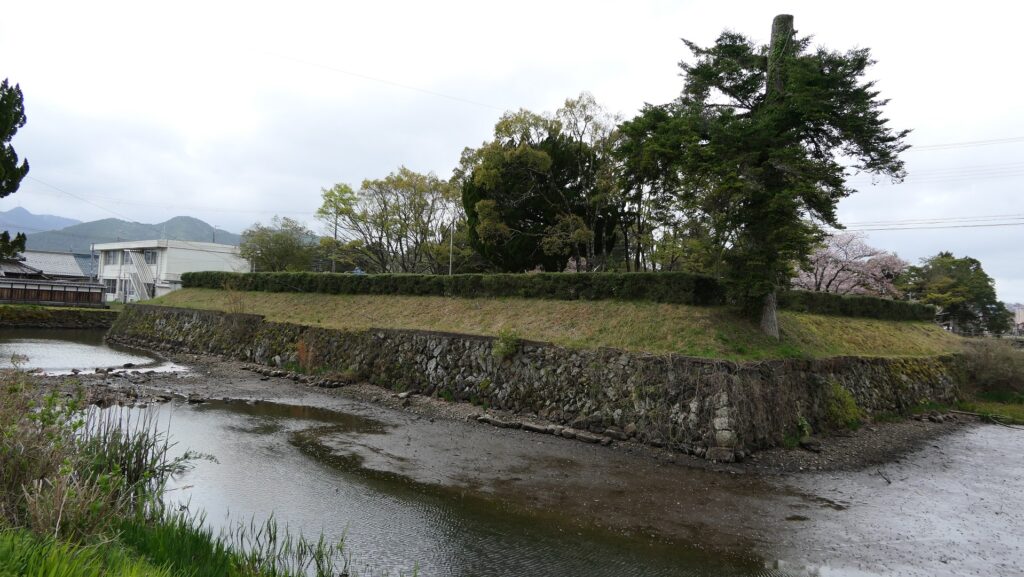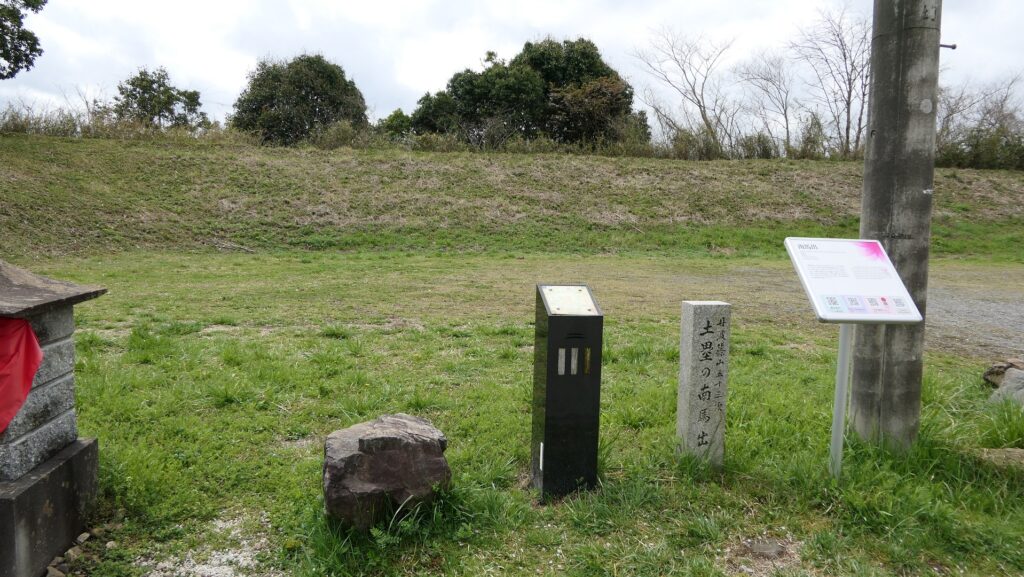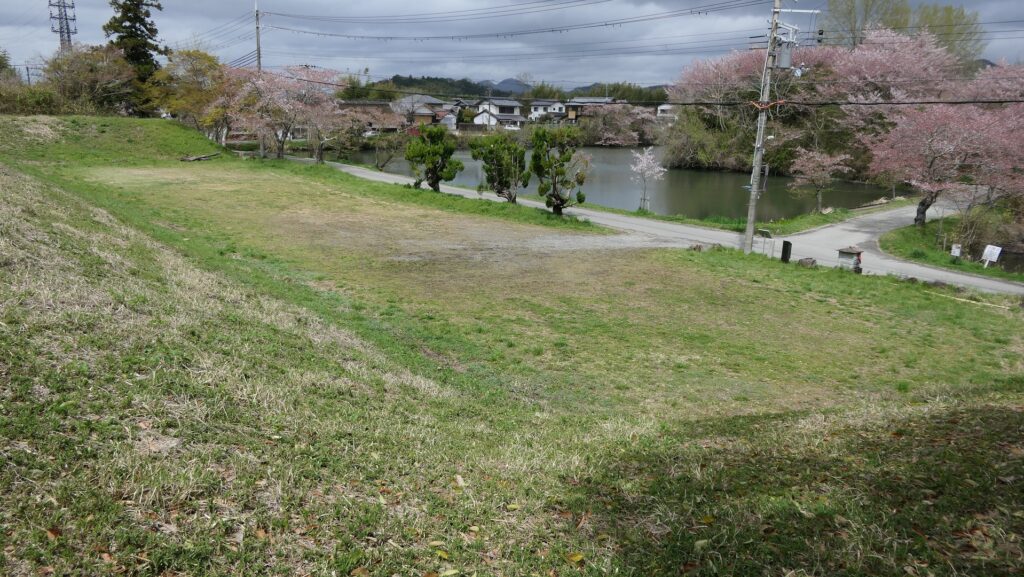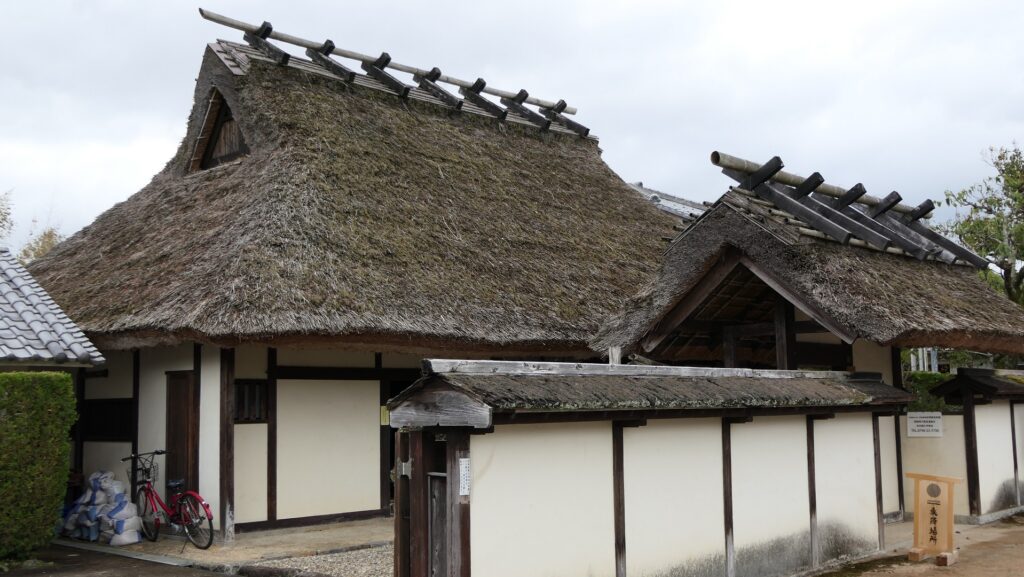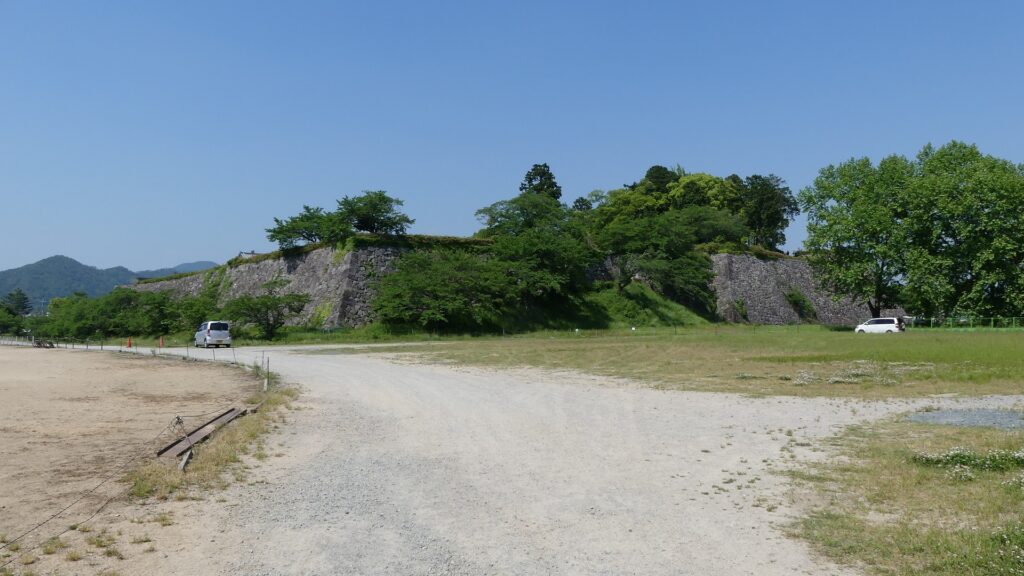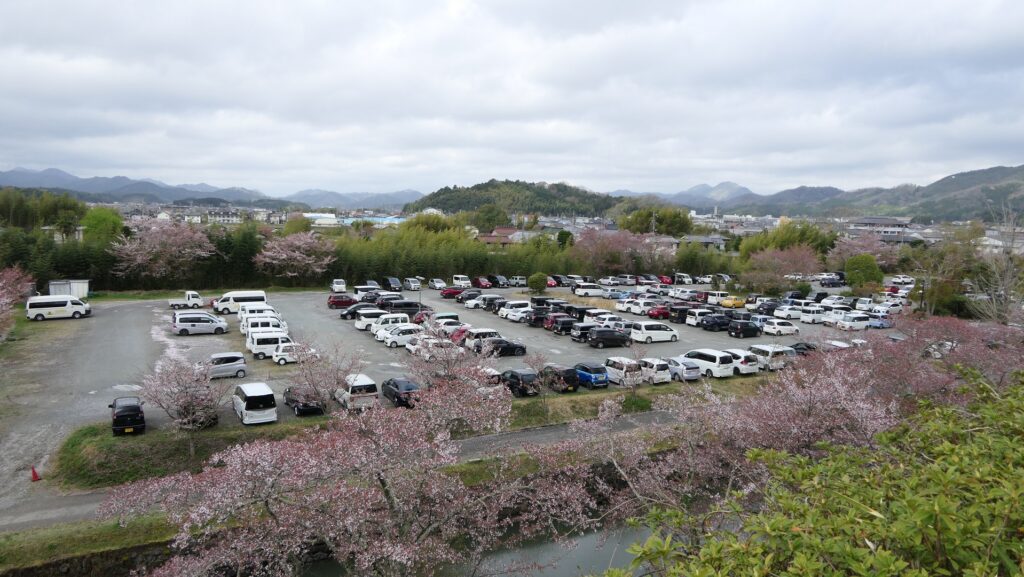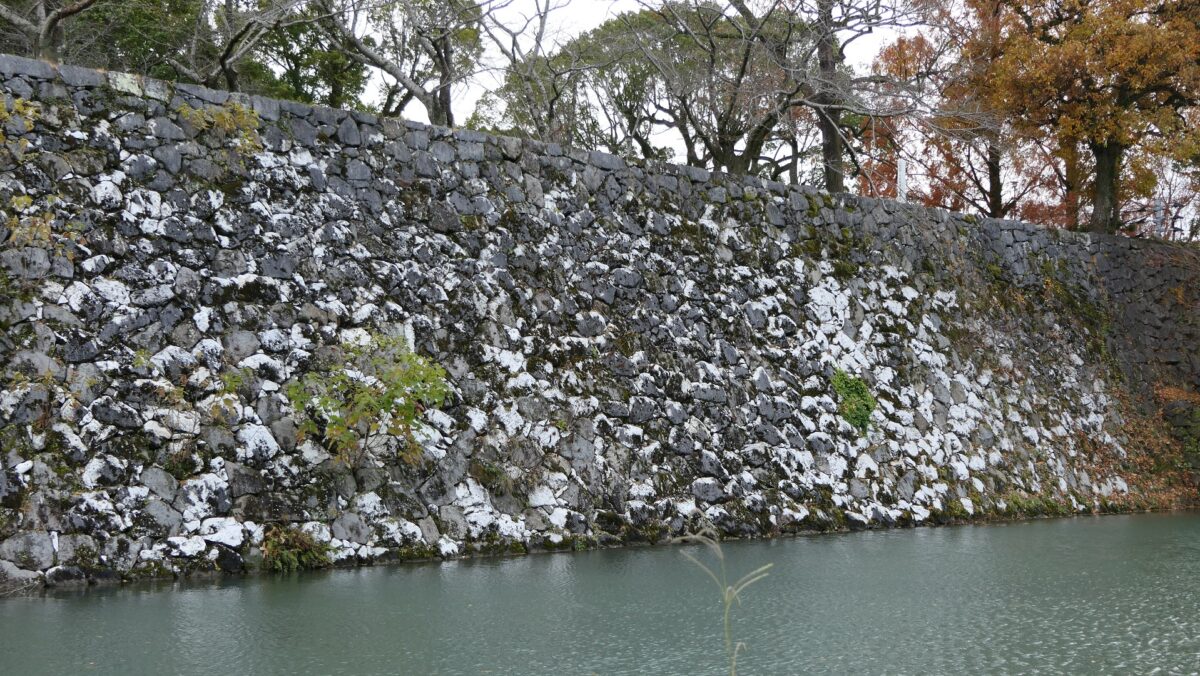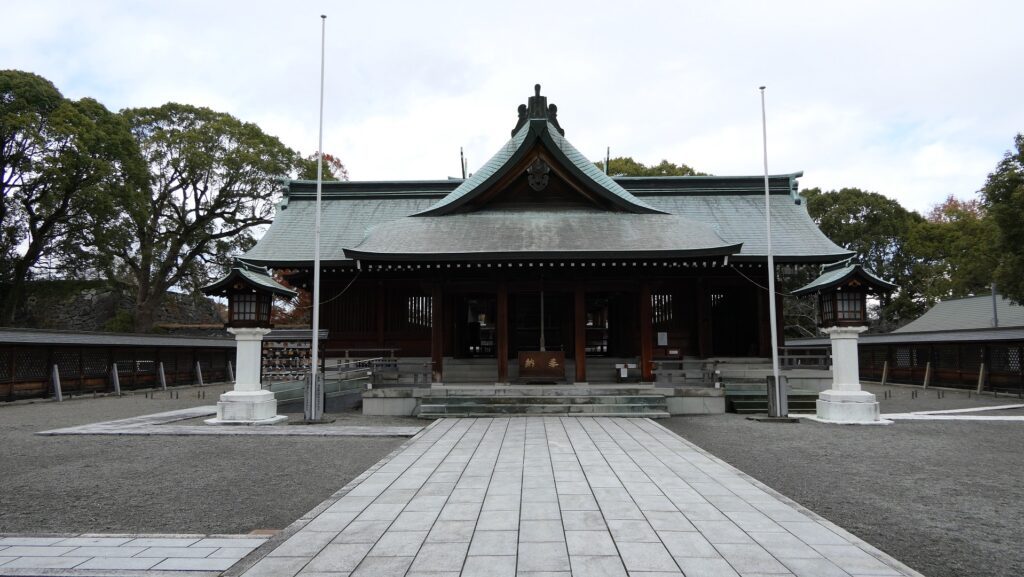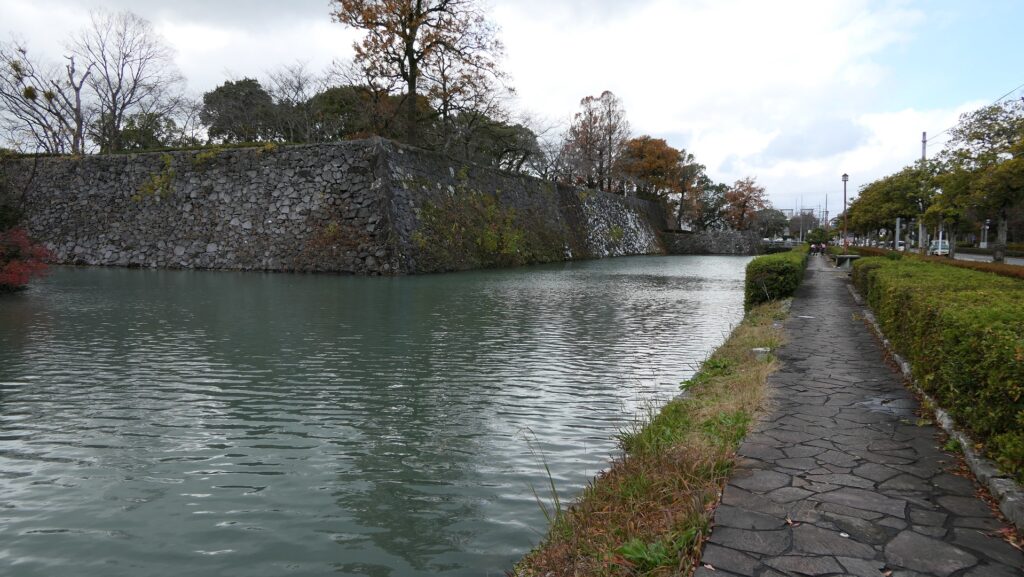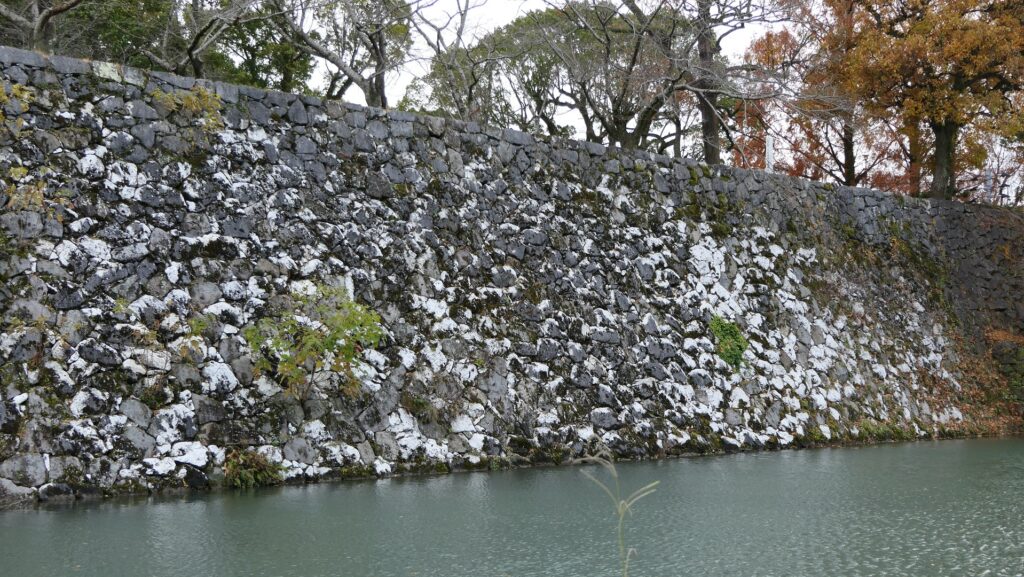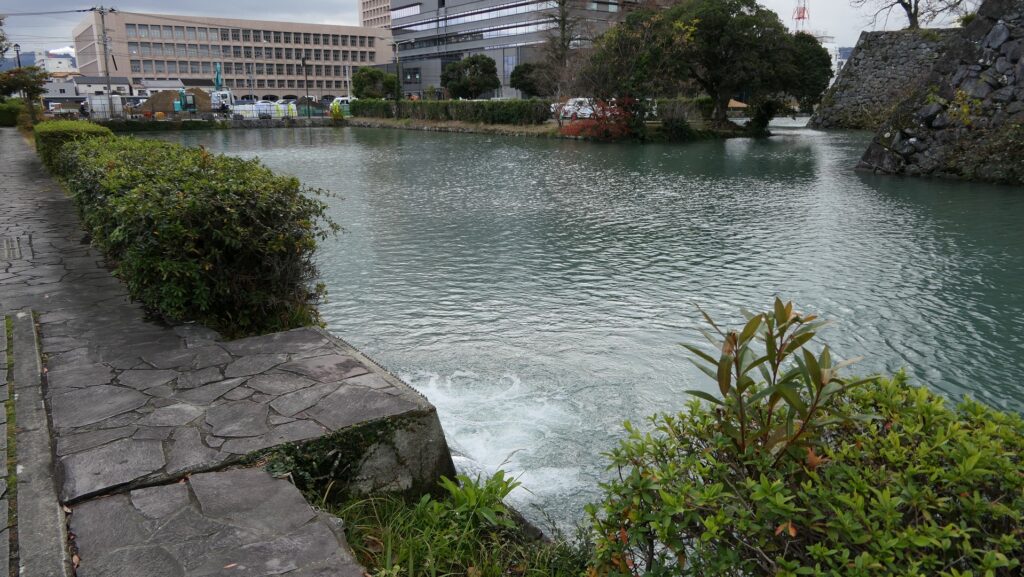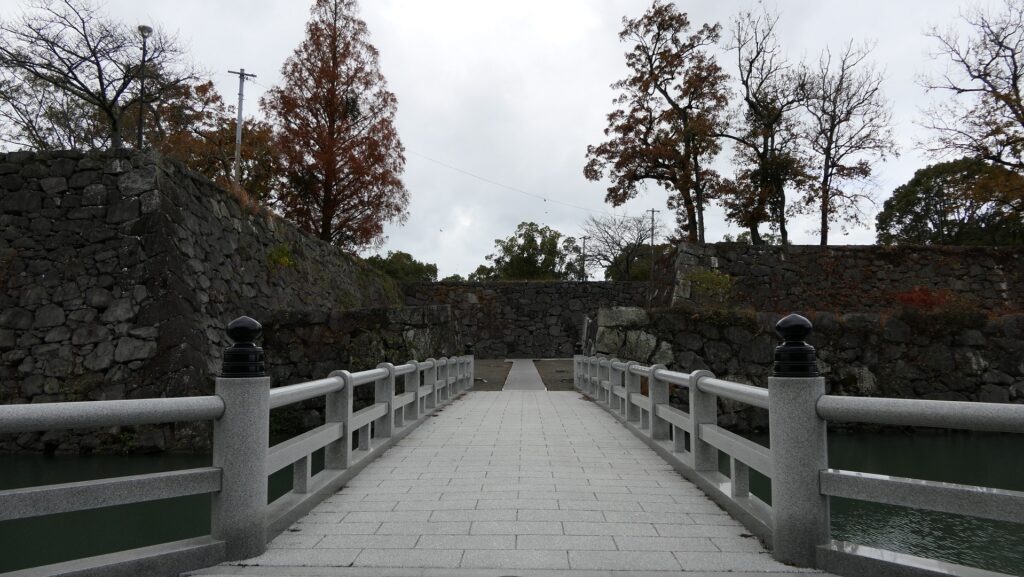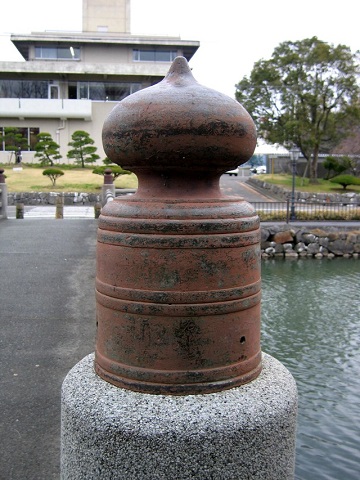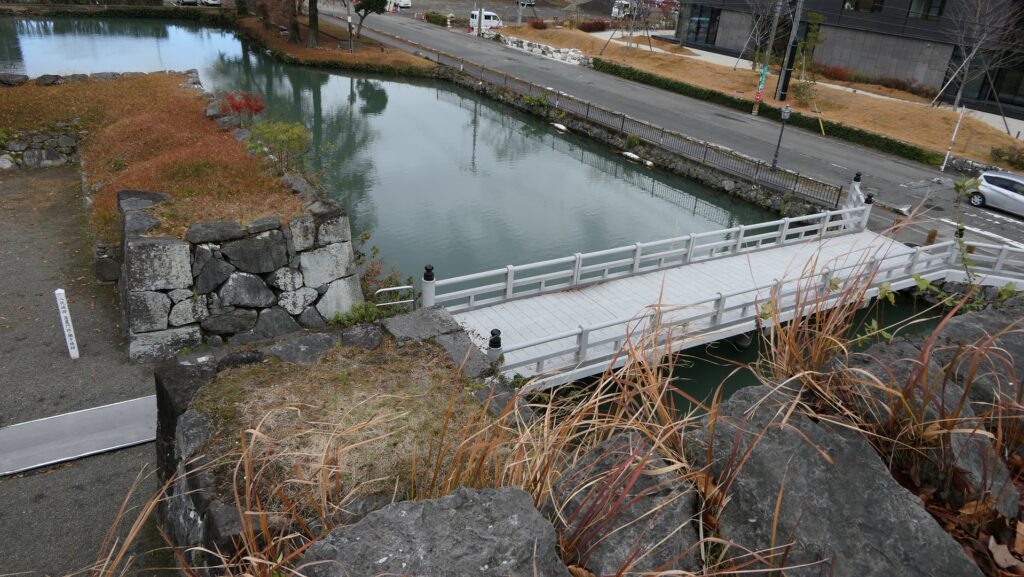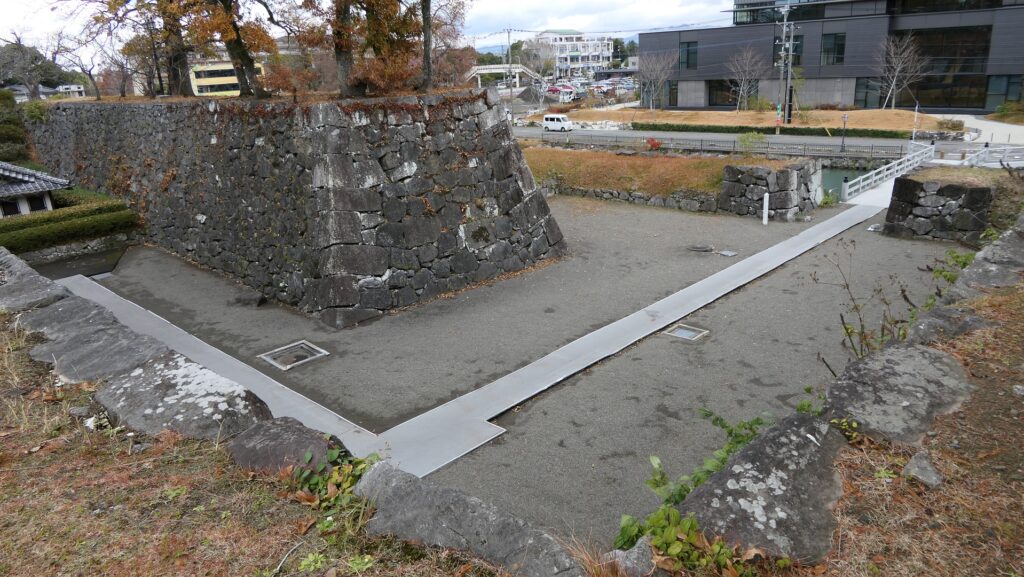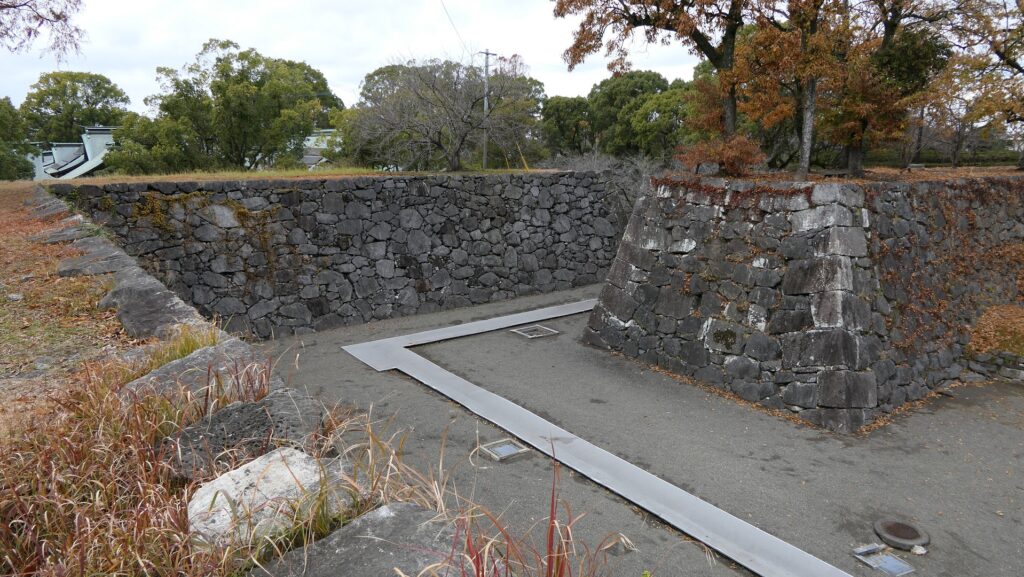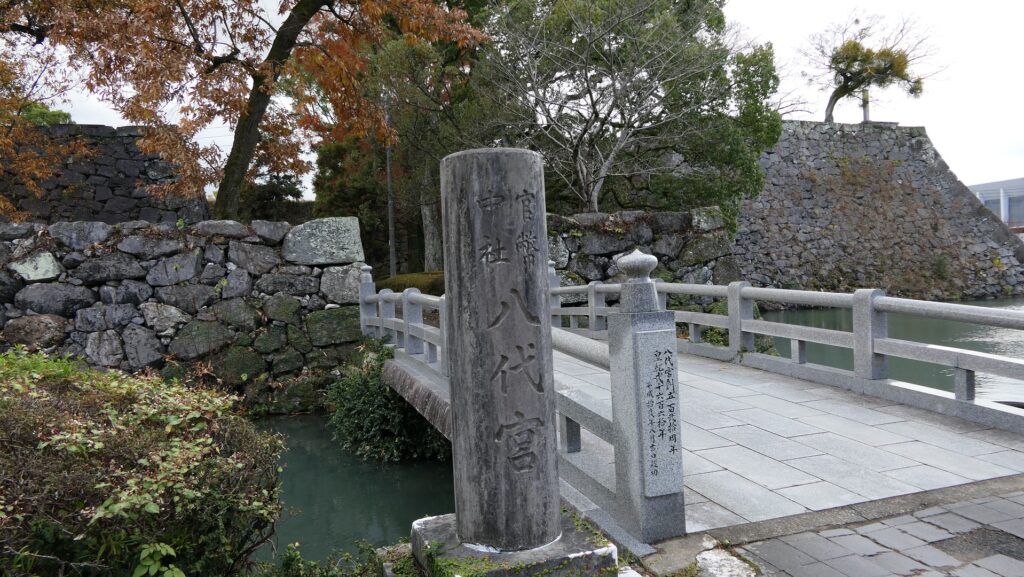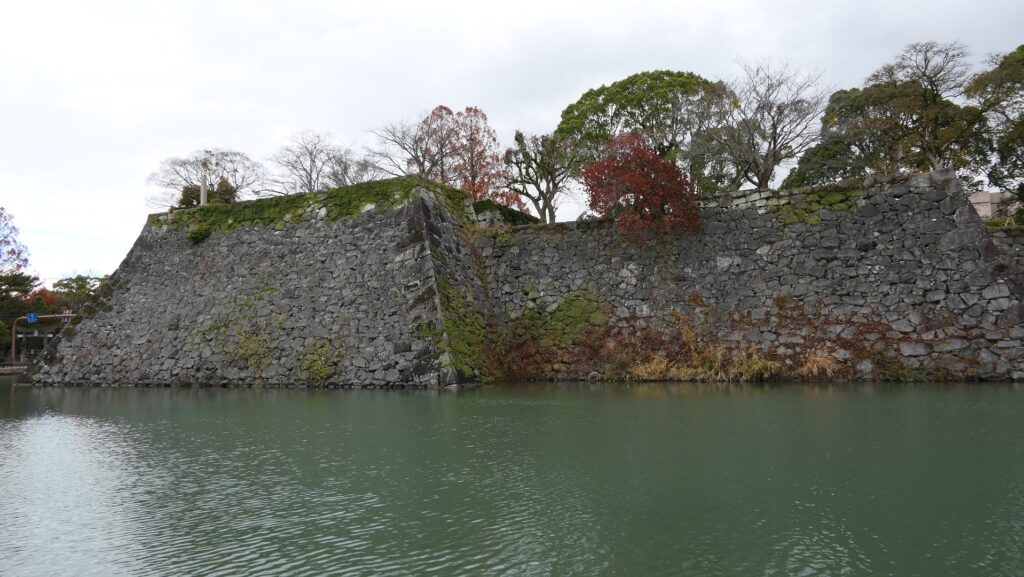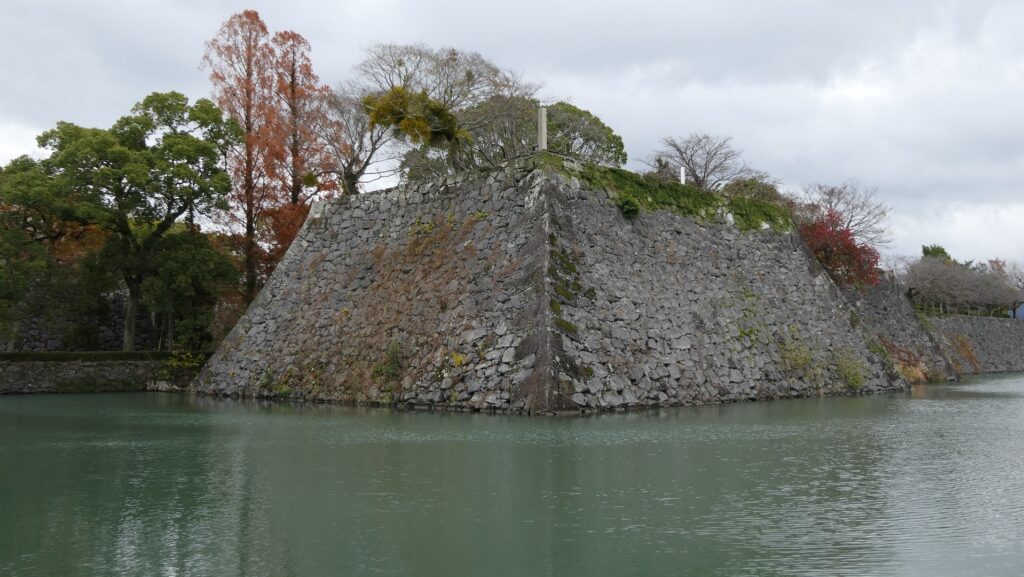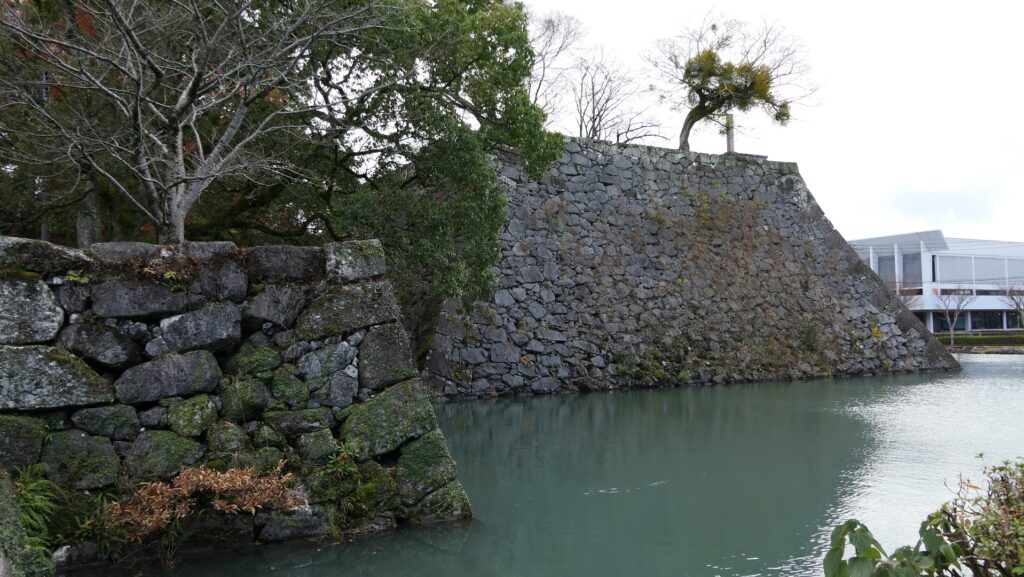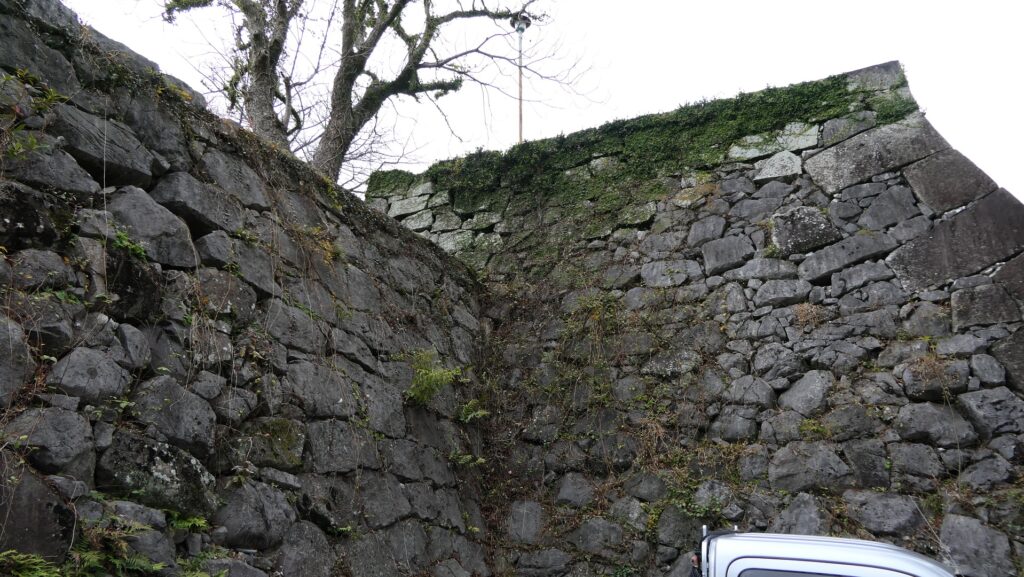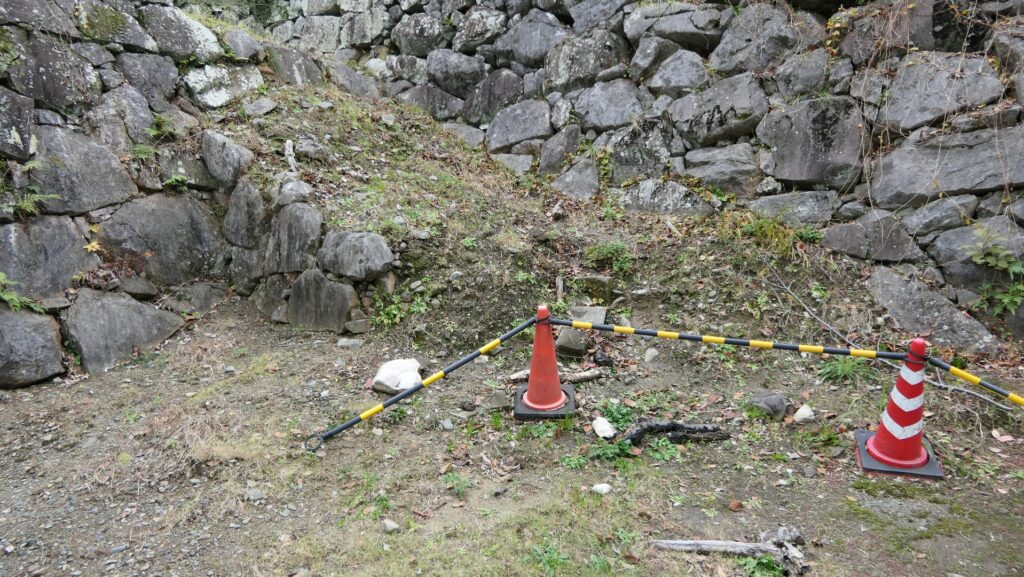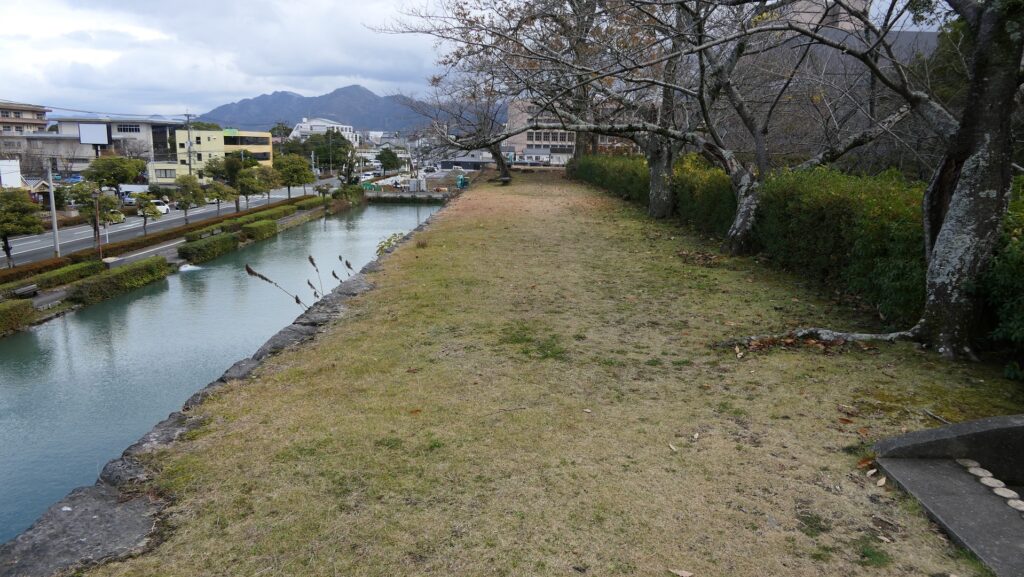Location and History
Tanba, Important Province to protect Kyoto
Kuroi Castle was located in the western part of Tanba Province which is now part of Hyogo Prefecture. Tanba Province is not popular for the present generation because the province was small and finally merged with Kyoto and Hyogo Prefectures. However, it was very important in the past because of its location just northwest of Kyoto, the capital of Japan. Especially, in unquiet times like the Sengoku Period, it was critical area for protecting or attacking Kyoto. In 1467 when the Onin War occurred in Kyoto, Sozen Yamana, the head of the West Squad went to Kyoto through the province. Since then, local lords in the province were involved in politics and battles over the central government.
The range of Tanba Province and the location of the castle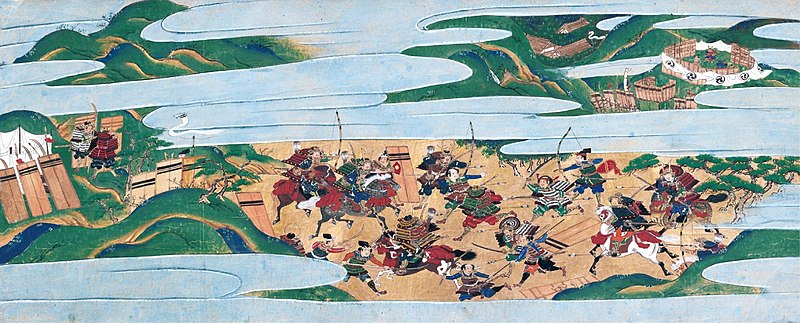
Home Base of Naomasa Ogino, called “Red Devil in Tanba”
The Akai Clan was one of them, which served great warlords in Kyoto, like the Hosokawa Clan, and improved its power and territory in Tanba Province. Naomasa Akai was born in 1529 and was adopted to the Ogino Clan during his childhood because the Akai wanted to take in the Ogino’s power to get their lager presence. Since then, Naomasa was renamed his family name to Akai, however, he united with his parents’ home during all his life. Kuroi Castle was originally the home base of the Ogino Clan and eventually belonged to Naomasa. In 1554, Naomasa killed his foster father, Akikiyo. It is said this was because Akikiyo tried to follow the rule of Nagayoshi Miyoshi, the ruler at that time, which Naomasa never allowed. After that, Naomasa called himself Aku-emon as his nickname (Aku means evil but strong). However, he built a temple for worshiping Akikiyo, which may have meant his action didn’t come from his desire for revenge.
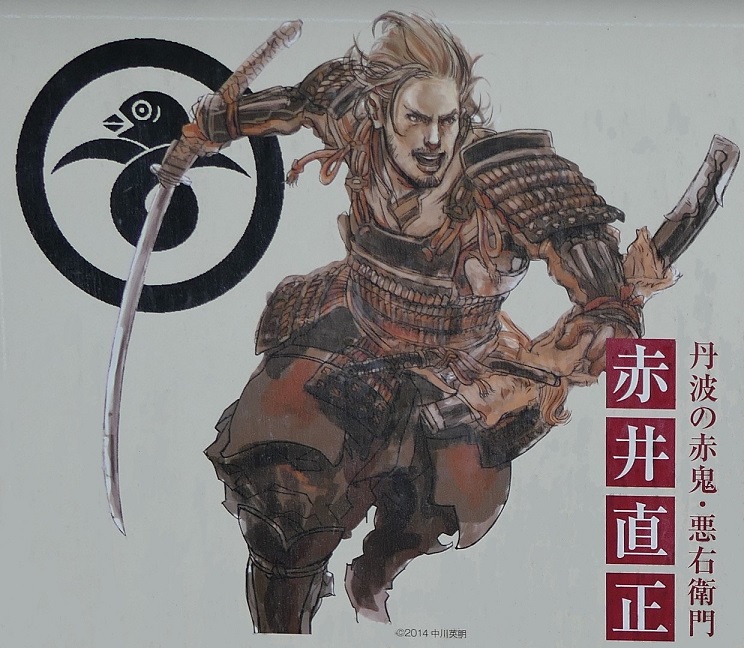
Naomasa was not a political person, but an excellent general, who just wanted to maintain his clan’s independence by the alliance with other local lords, even though they sometimes needed to serve greater warlords outside their province. For example, he defeated Munekatsu Naito in 1565, who was the deputy military governor of Tanba Province and supported the Miyoshi Clan. In 1571, Suketoyo Yamana in Tajima Province, next to Tanba in the northwest, invaded Tanba. Naomasa repelled the invasion, counterattacked Tajima, and even captured Takeda Castle in the province instead in 1575. People often called him the Red Devil in Tanba, for his strength.
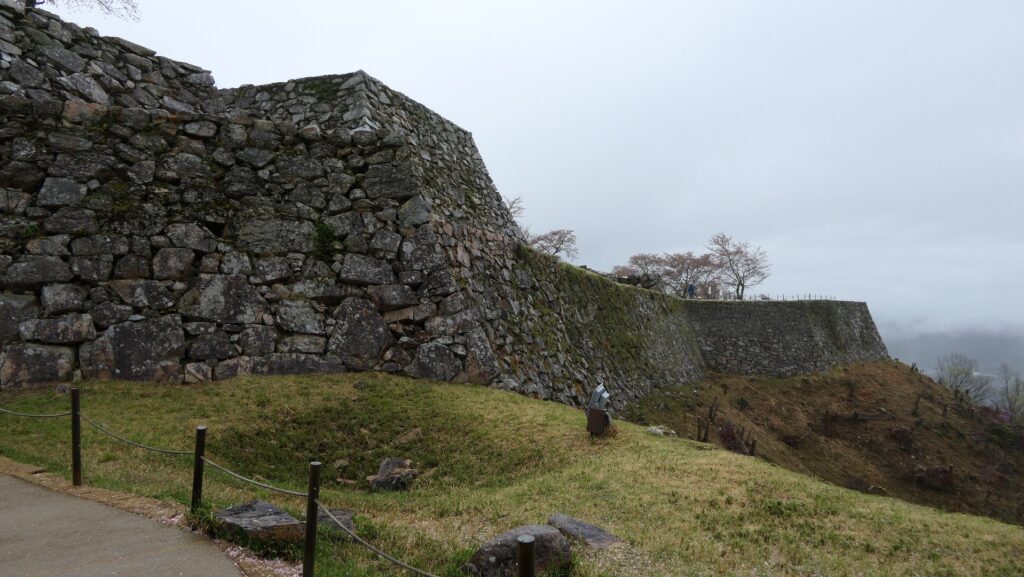
Group of small Forts
Kuroi Castle was built on Inokuchi Mountain (357m above the sea level). It was very large (around 8km perimeter) as the home base of the Ogino Clan, but was also one of mountain castles made of soil using natural terrain, which were usually seen throughout the whole country for warriors to live and protect themselves under the severe Sengoku Period. To cover its large range, Kuroi Castle worked as a group of small forts. The main portion of the castle including the Main Enclosure was on the top of the mountain to monitor the area around and all the branch forts so that the lord of the castle was able to instruct the defenders. Each fort had a distinct role, for example, the Sekito Tier and the Three-tiered Enclosure were built on the Main Route to protect the main portion, the Eastern Barbican Enclosure for defense of the eastern ridge, and the Western Enclosure for living on the mountain. That way, the defenders could prevent enemies from attacking the castle efficiently. The only weak point of the castle was that it didn’t have a good well because of the rocky terrain of the mountain.
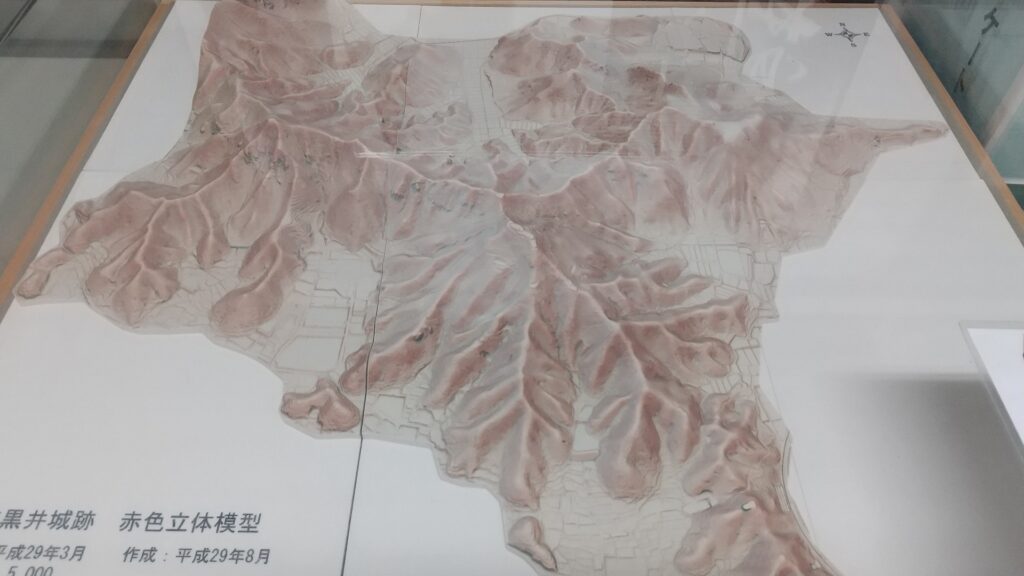
Mitsuhide Akechi captures Castle after Naomasa’s Death
Naomasa’s strength may have actually also caused his crisis. Suketoyo Yamana, who was invaded by Naomasa, asked Nobunaga Oda who was the ruler then for help. Naomasa had once served but was against Nobunaga at that time. Nobunaga thought he would like to govern the important Tanba Province directly as well. Nobunaga sent his senior vassal, Mitsuhide Akechi to invade Tanba Province in 1575. At first, everything was going well for Mitsuhide, when Hideharu Hatano, another dominant local lord turned into Mitsuhide’s supporter. Mitsuhide next besieged Naomasa’s Kuroi Castle, waiting for the supplies and water to run out. However, after two months of the siege when the castle’s fall was at hand, Hideharu betrayed him. Mitsuhide was defeated instead and had to withdraw. This result was called the tactics of Akai’s attracting, which built Naomasa’s reputation much higher.
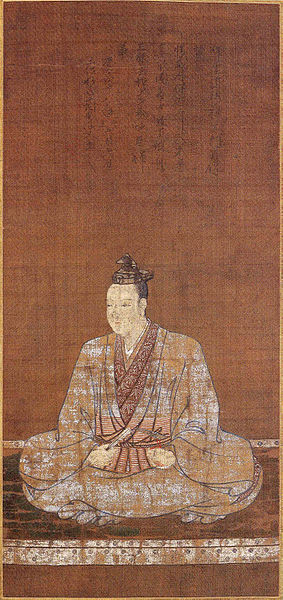
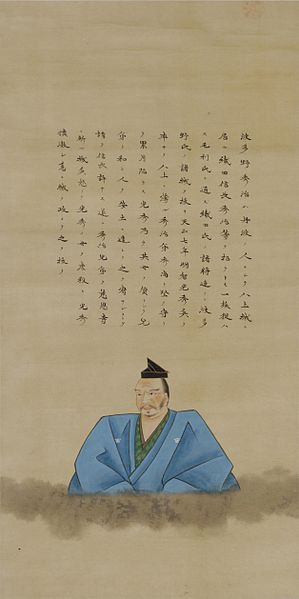
The castle was finally captured by Mitsuhide in 1579, just after Naomasa’s death by illness. Mitsuhide improved the castle by building great stone walls on the top. That fortified the castle and showed the authority of the new ruler to the people, which was one of the ways Nobunaga and his retainers often did that. Mitsuhide made his senior vassal, Toshimitsu Saito govern the castle. That’s why his daughter, who would later be Kasuga-no-tsubone or Lady Kasuga, the leader of the shogun’s inner palace, came from there. Mitsuhide and Toshimitsu rebelled and killed Nobunaga in the Honnoji Incident in 1582, but were soon defeated by Hideyoshi Hashiba, the next ruler. Kuroi Castle was followed by several of Hideyoshi’s retainers. However, the castle was eventually abandoned in the process of unification of Japan by Hideyoshi. Lords and warriors did not always need mountain castles to deal with the new periods.
